chapter 12: race, gender, clan, and class
1/39
There's no tags or description
Looks like no tags are added yet.
Name | Mastery | Learn | Test | Matching | Spaced |
|---|
No study sessions yet.
40 Terms

Do Women Have to be Naked to Get into the Met. Museum?
Guerrilla Girls (USA)
1986
street poster
Guerrilla Girls = collective of anonymous female artists who protest the lack of exhibitions/jobs and lower pay for female artists
they show up in gorilla masks at galleries/museums where women were underrepresented
purpose: cause exposure, embarrassment, change
all persons are born with race/gender characteristics, class standing, genealogy → will affect their lives
characteristics contribute to: personal identity; downside is that they will trigger prejudice + discrimination; art reflects those issues
race and art: some artworks help form a _.
cohesive identity for a racial group; others challenge negative attitudes
often art examines the _.
history or values of a certain ethnic group
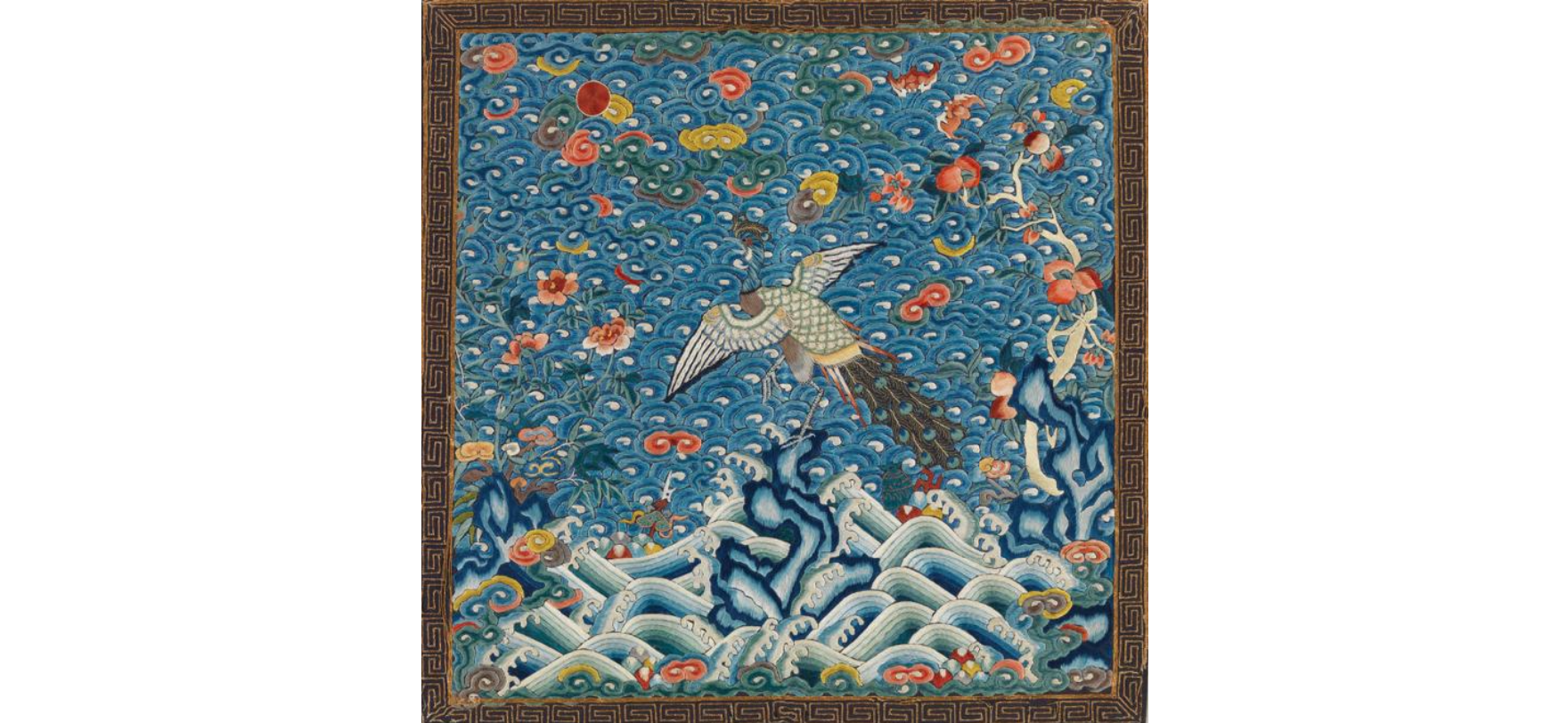
Rank Badge with Peacock
Qing Dynasty (China)
late 1700s—early 1800s
metallic thread on silk
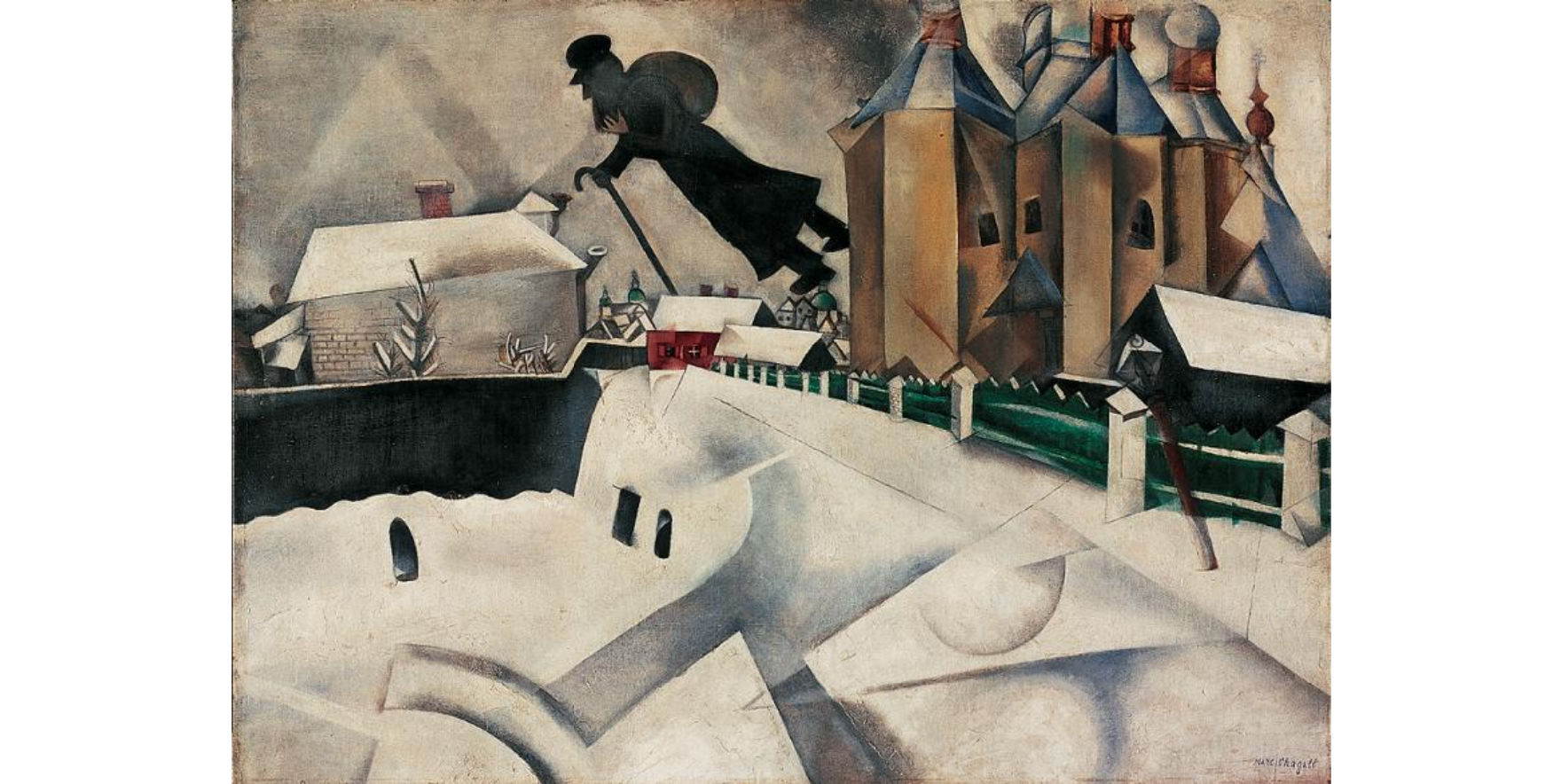
Over Vitebsk (after a painting of 1914)
Marc Chagall (RUS/FR)
1915-1920
oil on canvas
beginning of 1800s: Russian Jews considered outsiders; segregating housing (ghettos), restricted from attending uni, subject to anti-Semitic terrorism
Chagall = Russian Jew; imagery = personal, cultural
figure floating over village = thousands of Eastern European Jewish refugees that fled to Russia
rootless floating
Cubism = instability; Fauvism colors = greater power/expression
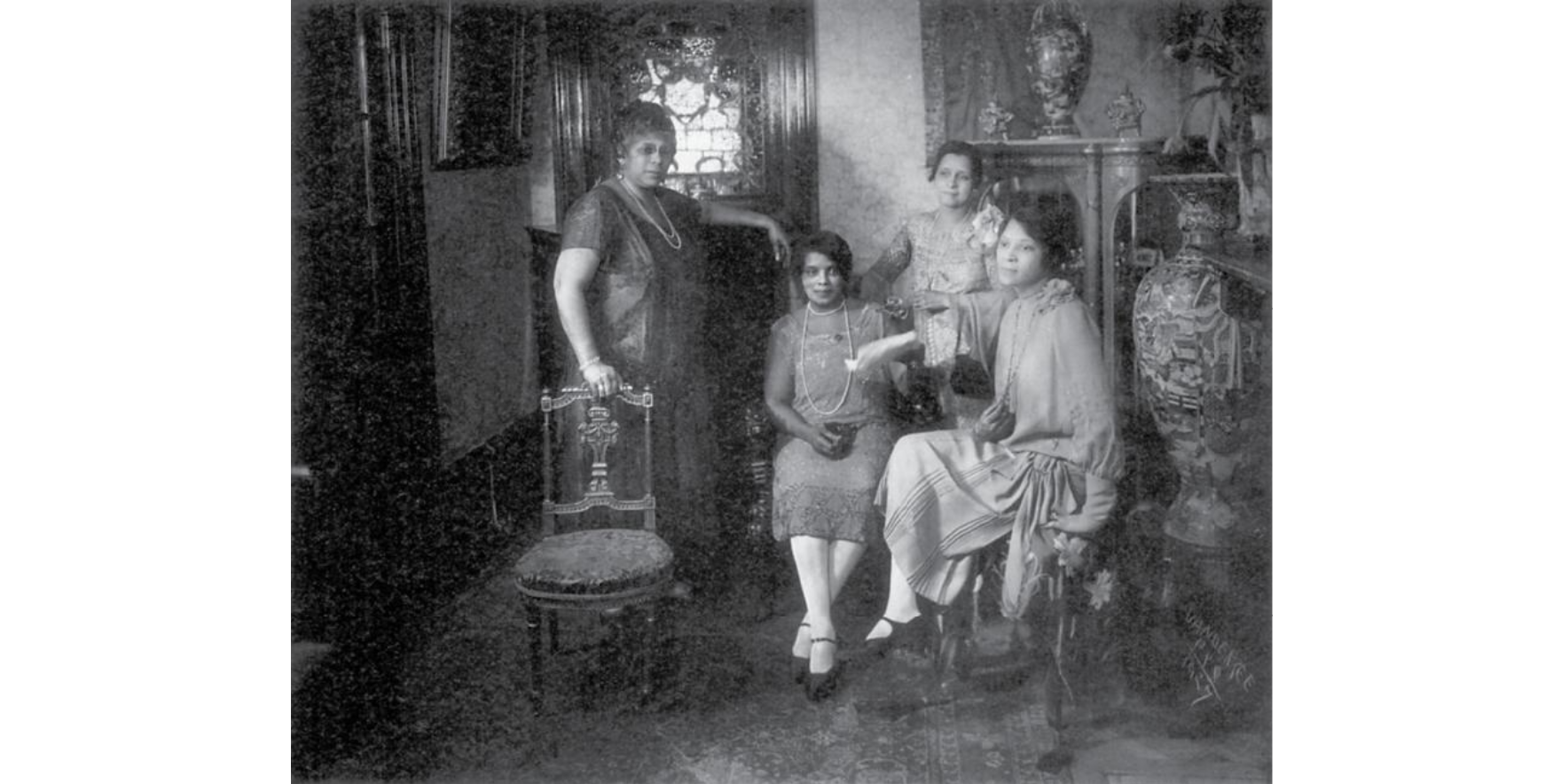
Society Ladies
James VanDerZee (USA)
1927
black and white photograph
record of Harlem Renaissance; subjects = intellectuals/merchants/writers who wanted full participation in US culture/politics
well-dressed, nice furniture, comfortable environment; confidence, humor, directness, wistfulness
VanDerZee was influenced by movies/copied poses from films; costumes/props allow sitters to show personalities
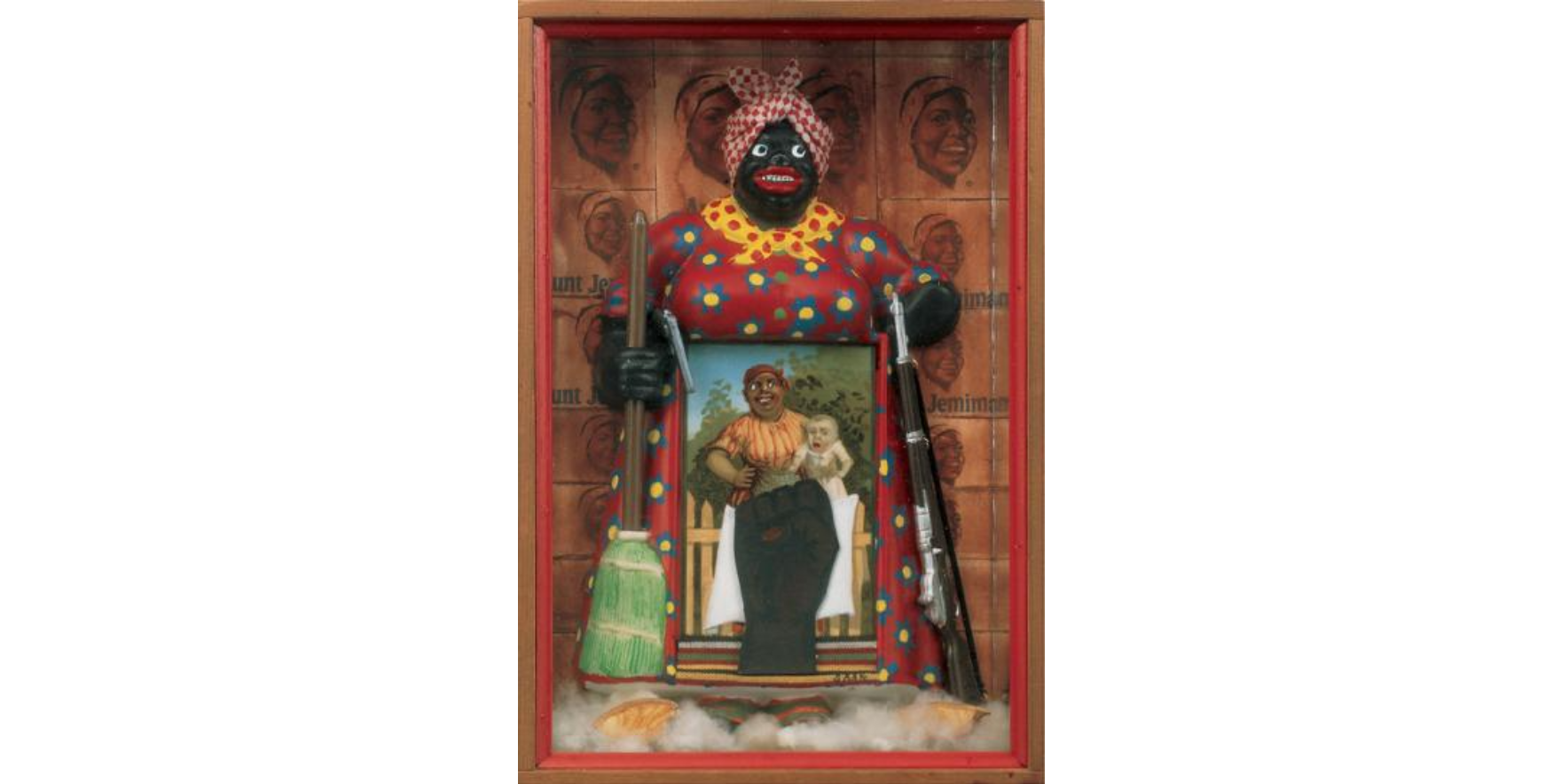
The Liberation of Aunt Jemima
Betye Saar (USA)
1972
mixed media
1960s: Saar began collecting stereotyped African American figures from folk culture/advertising (ex: Aunt Jemima, Uncle Tom, Little Black Sambo)
Saar incorporated found images into collages/assemblages → transform them into statements of political/social protest
Aunt Jemima: depicts domestic servant ("aunt" = commonly used term for black domestic servants)
shows/protests ways black people were often depicted in folk art + commercial imagery
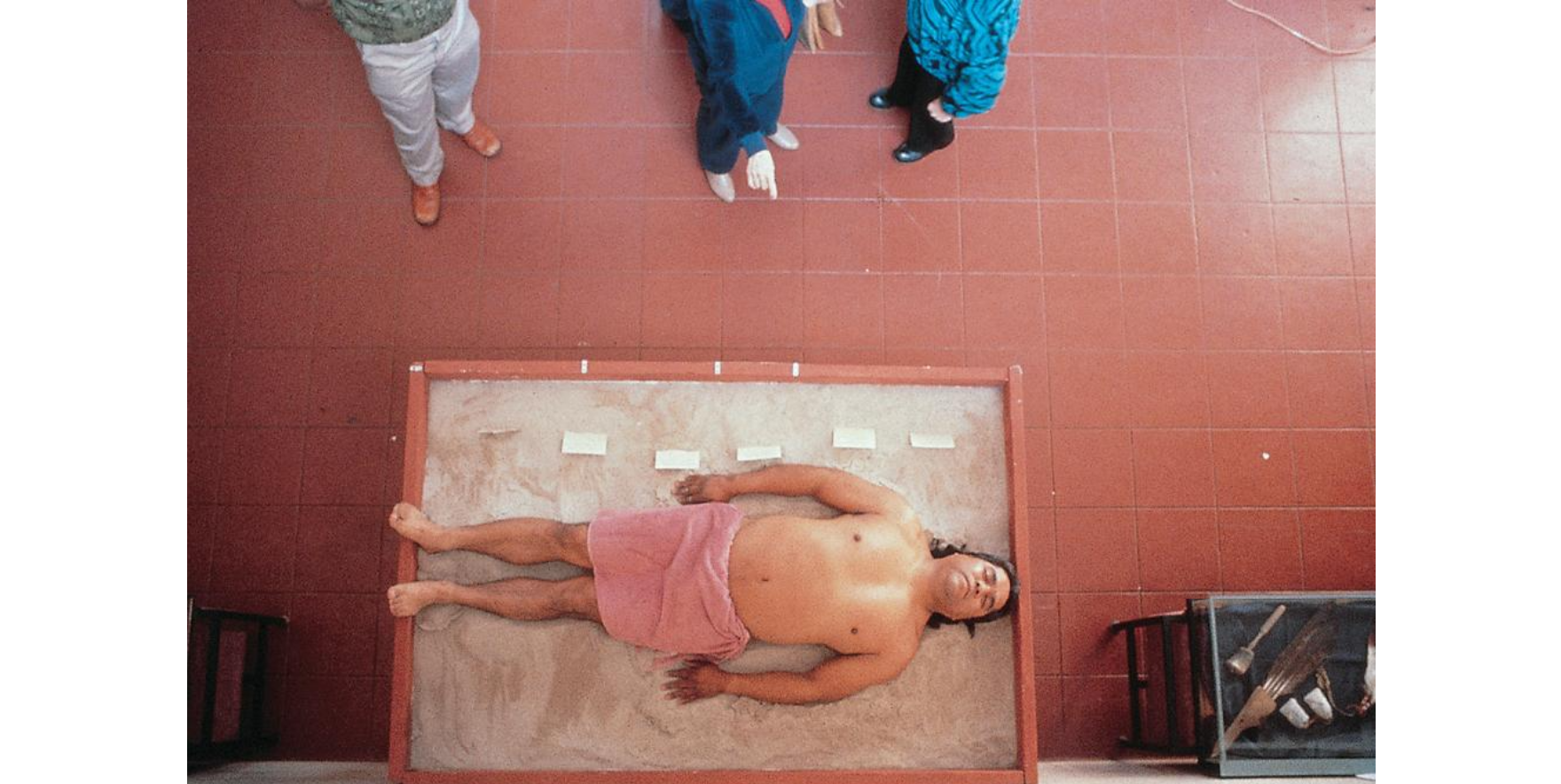
The Artifact Piece
James Luna (USA)
1986
installation/performance
challenges viewer to reconsider what museums teach about cultures; what is a cultural artifact?
portrays himself as an artifact; personal items on display in glass case
challenges how contemporary US culture/museums have presented Native American people/culture as extinct and vanished
we develop ideas about foreign or ethnic groups from _.
the mass media images we consume; viewer = privileged; "consuming" images of other people w/o interacting w/ them
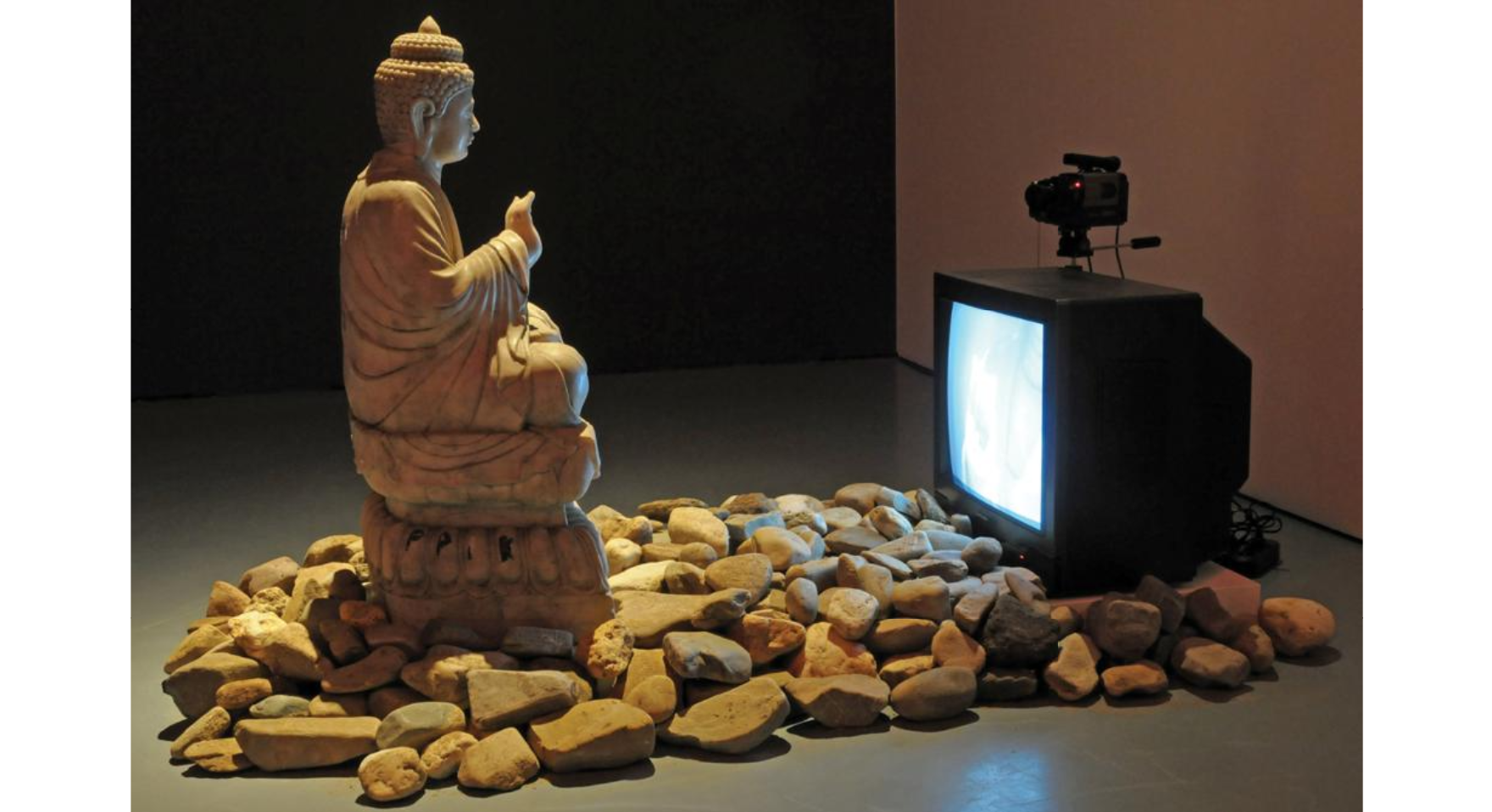
Buddha Duchamp Beuys
Nam June Paik
1989
video installation w/ Buddha sculpture
relation to east/west; title, Buddha statue, TV = reference parts of the world + consumption of culture thru media, w/o direct contact
gender issues: artwork gives clues about _.
social restrictions of gender roles/acceptable behavior
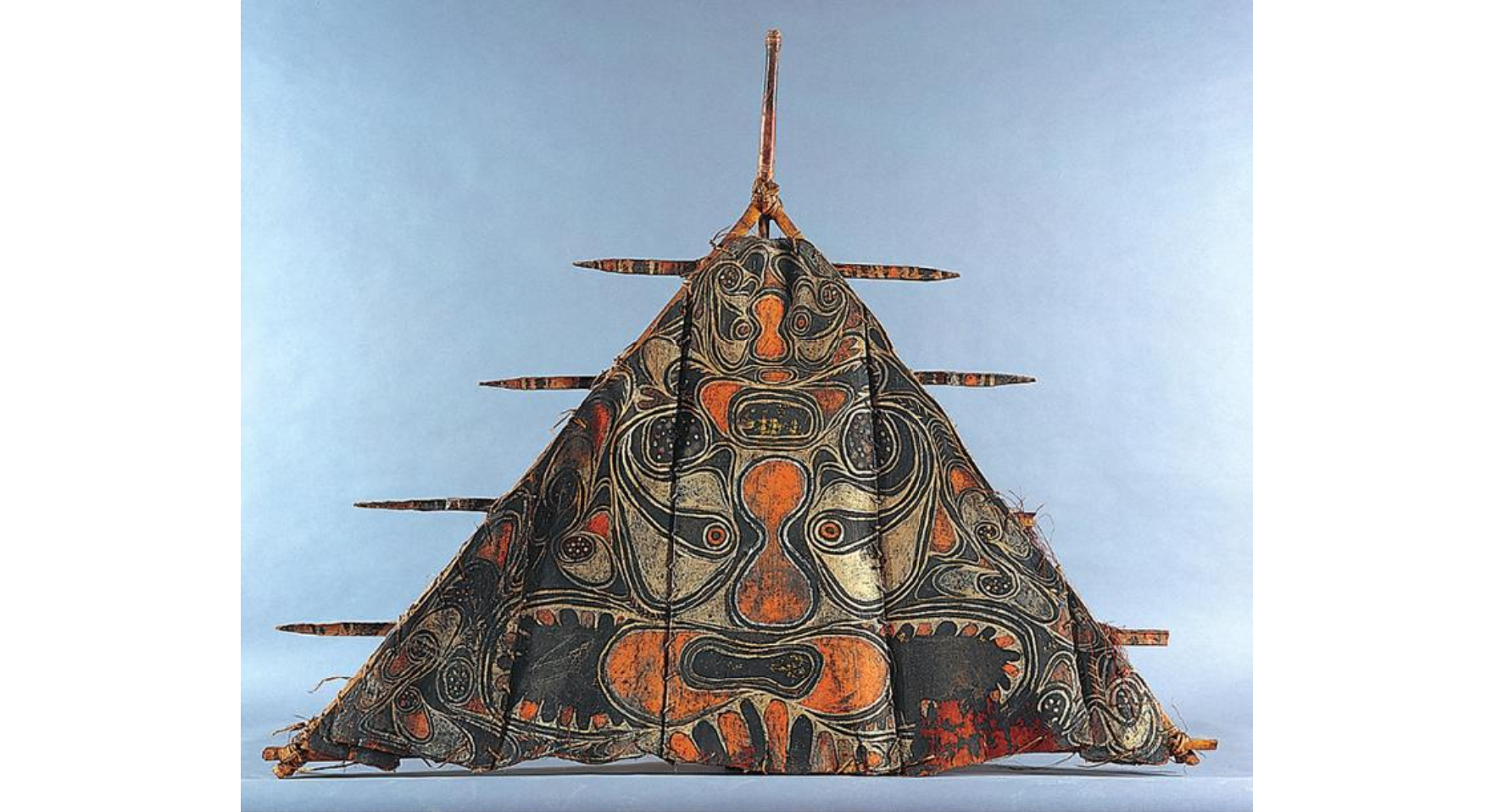
Painting from a Cult House
Slei, Middle Sepik Region, Papua New Guinea
1900s
palm leaves on a bamboo frame, painted w/ earth pigments
early 20th century pre-colonization, men dominated women among the Sepik people of PNG
Tambaran rituals in decorated cult houses; men saw rituals = creating men from infants → usurping women’s procreative power
paintings and carvings were created in order to pass power on to younger men
many South Pacific peoples believe: person’s being = built thru a lifetime of ritual experiences
gender roles are often revealed in art and _.
reflected in architecture and fashion
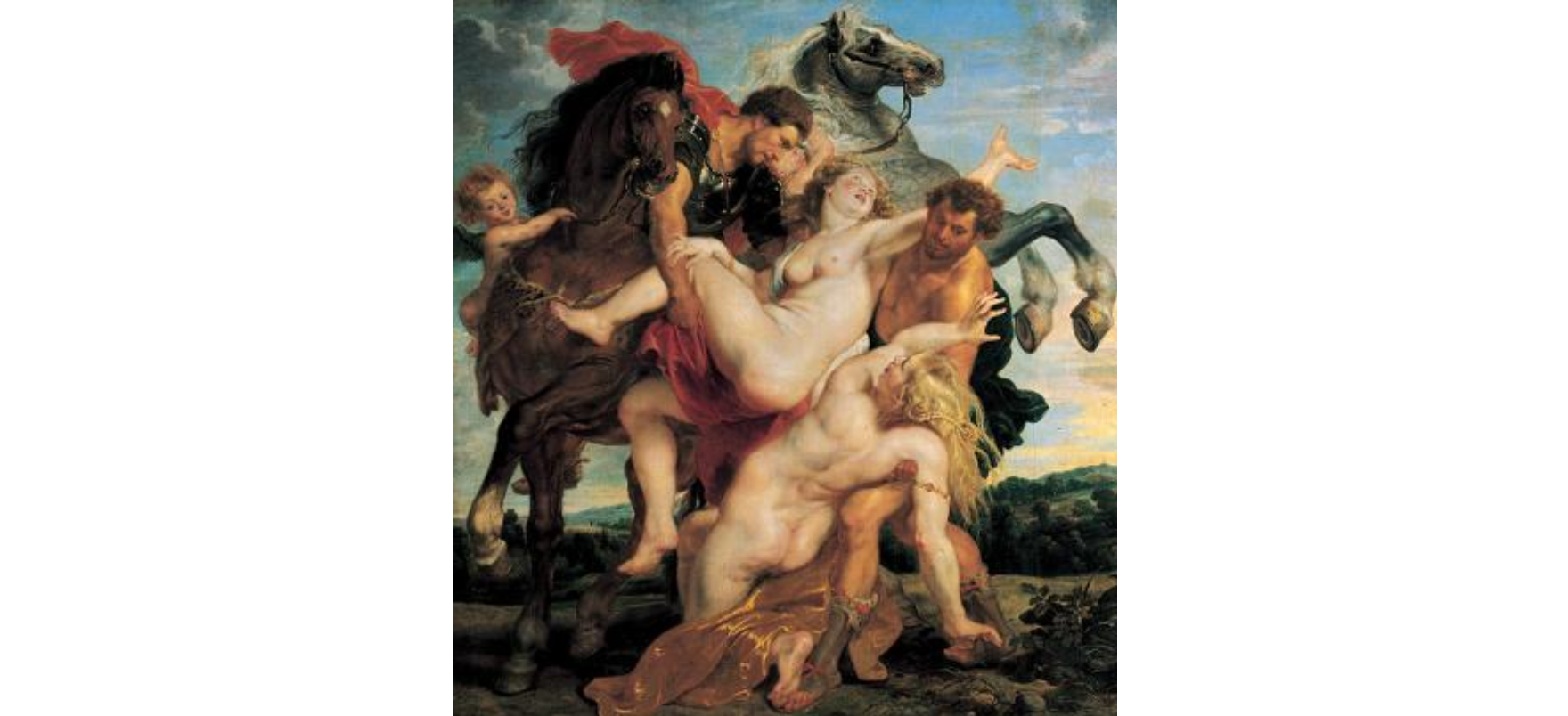
Abduction of the Daughters of Leucippus
Peter Paul Rubens (Flanders)
1617
oil on canvas
depicts what was considered masc/fem during that era
figures represent ideal body types
women: voluptuous, soft, fleshy, stay inside/domestic = sexually attractive, healthy/wealthy
men: darker skinned, muscular, go outside; privilege over women’s bodies; subdued/determined expressions
women: learned to be helpless, relied on social structures to protect their virtue; more emotional, nude, displayed/showing off
western art = many examples of female nude providing pleasure for male viewers; legitimized because it was "art"
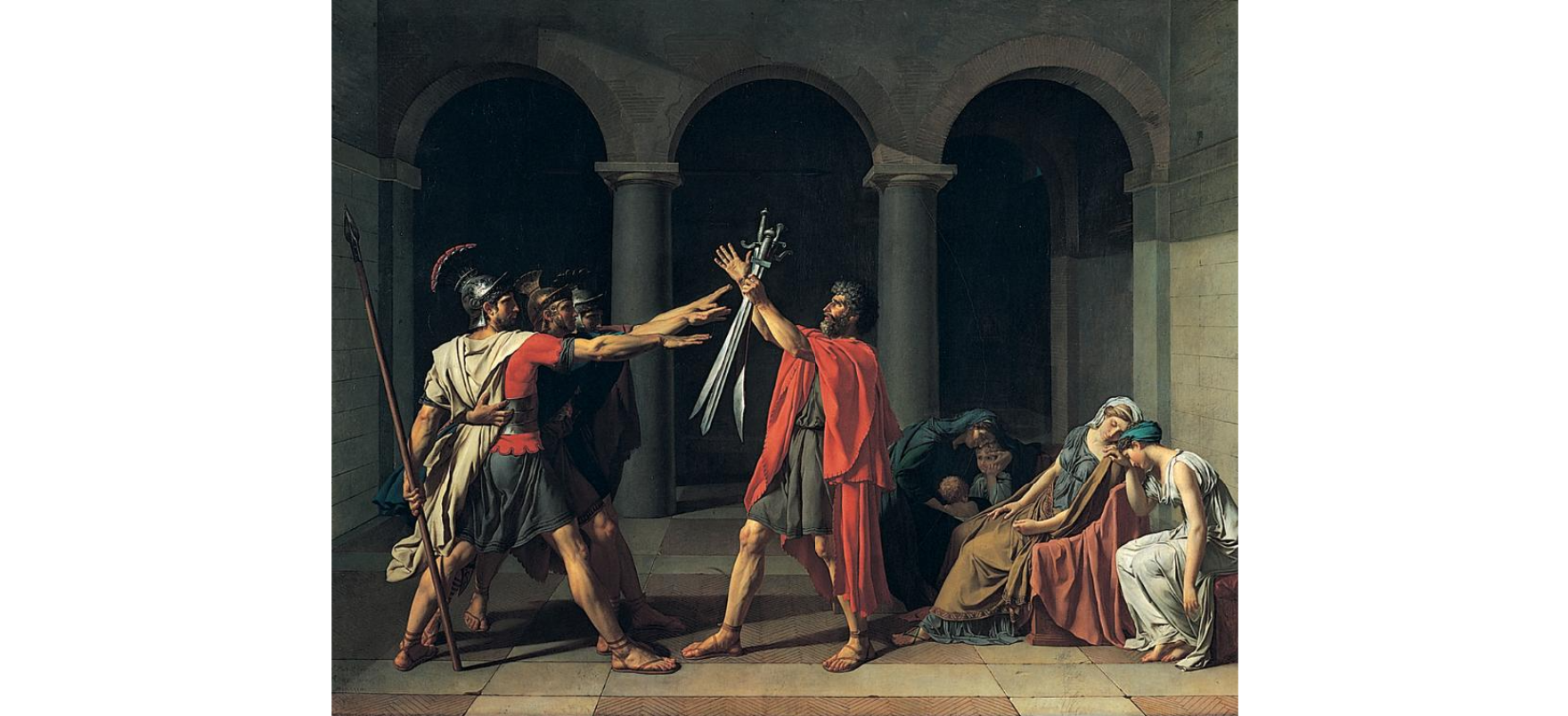
Oath of the Horatii
Jacques-Louis David (FR)
1784
oil on canvas
scene from ancient Roman history
heroic actions = masculine; reinforced by women’s passivity
male bonding: 3 brothers become single force
men: hold weapons, clothing made of angular lines; masculine classical architecture, popular during French Rev. era
women: concerned w/ children, clothing made of soft curves
Neoclassicism: revival of Greek/Roman aesthetics
bare and oppressive
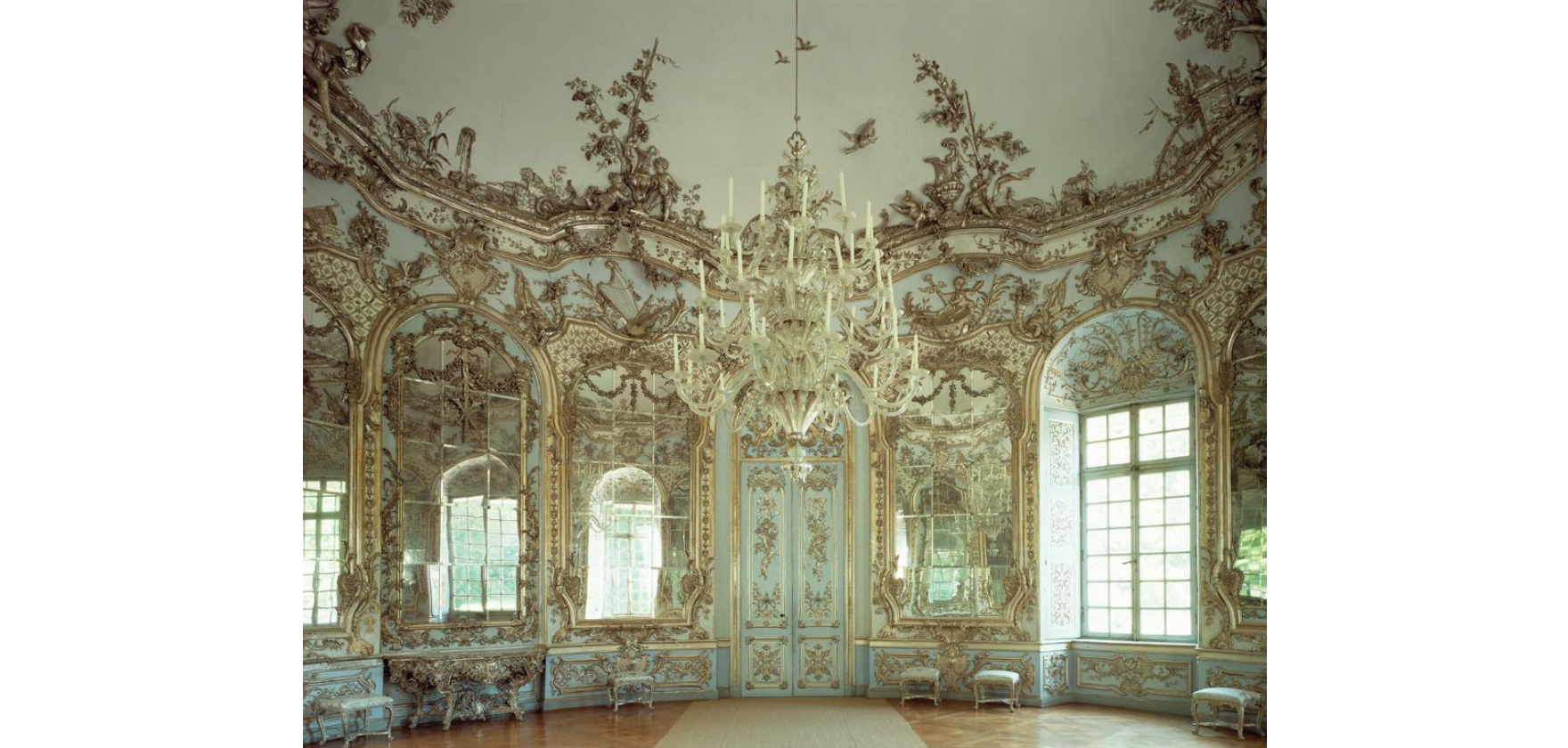
Hall of Mirrors
François de Cuvilliès
Amalienburg Hunting Lodge (München, DE)
1734—1739
Rococo = feminine and elegant, uplifting and imaginative
elements include: curved walls/ceilings, nature-based decoration, mirrors, crystal, silver/gold, ceilings depicted as open sky w/ birds
gender roles combined w/ political + social changes = controversial
body modification to enhance femininity/masculinity include:
dieting
plastic surgery
implants
scarification
bindings that mold body parts (ex: foot binding)
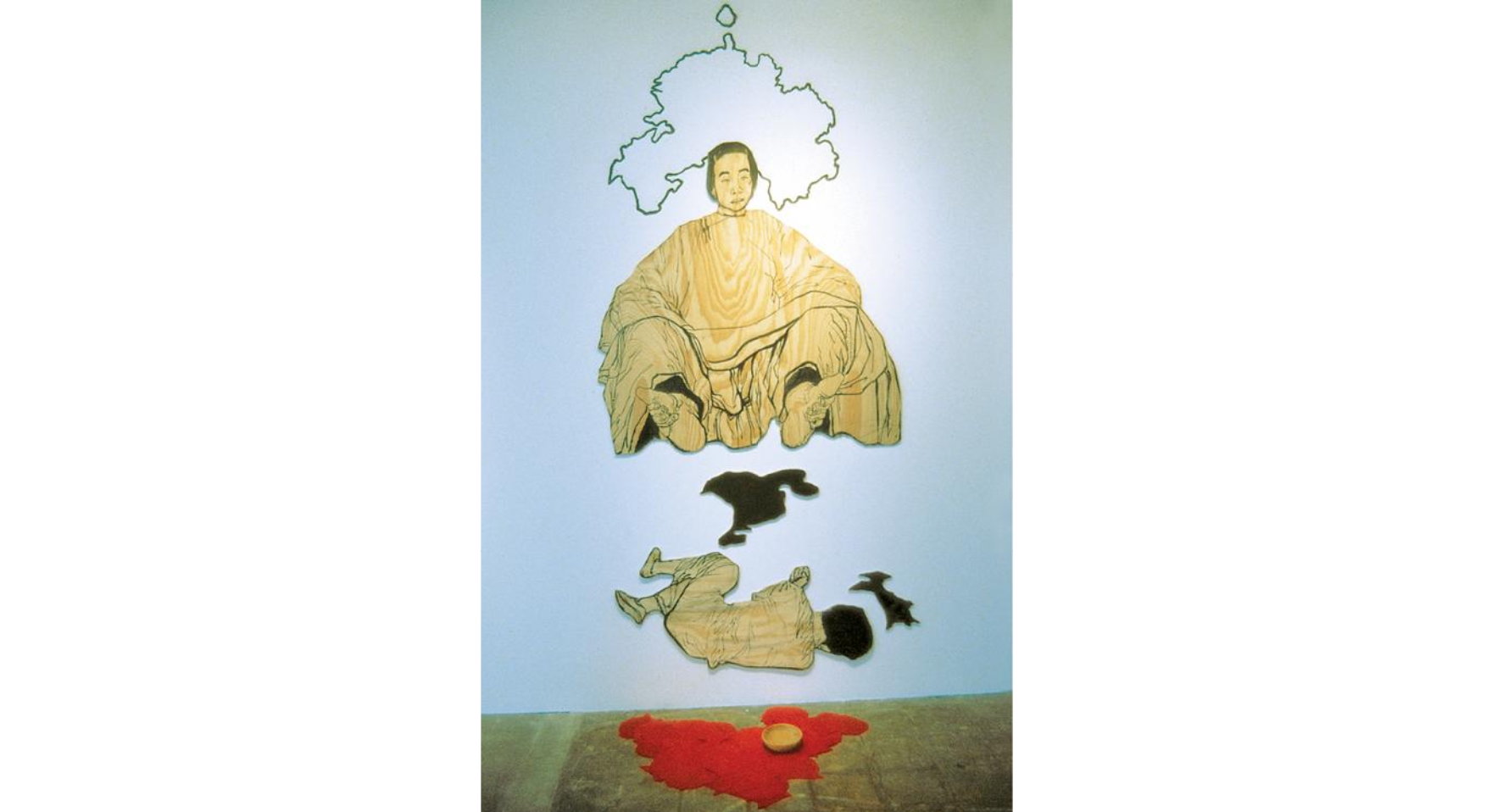
Trauma
Hung Liu (China/USA)
1989
ink on plywood cutouts, acrylic on wall, felt cutout, wooden bowl
Liu’s Chinese heritage; work based on historic photographs
examines practice of foot binding = sexually attractive to men
bound feet ensured that women remained subservient (they couldn’t do things on their own)
publicly shows her bound feet: erotic in private; public exposure = shameful
below the woman: dead Chinese student; killed by govt in Tiananmen Square
a clan is a group of people _.
joined by blood or marriage ties
art helps solidify extended families by:
making major ancestors available to the living clan members
depicting important events in the clan’s history
acting as an important element in rituals
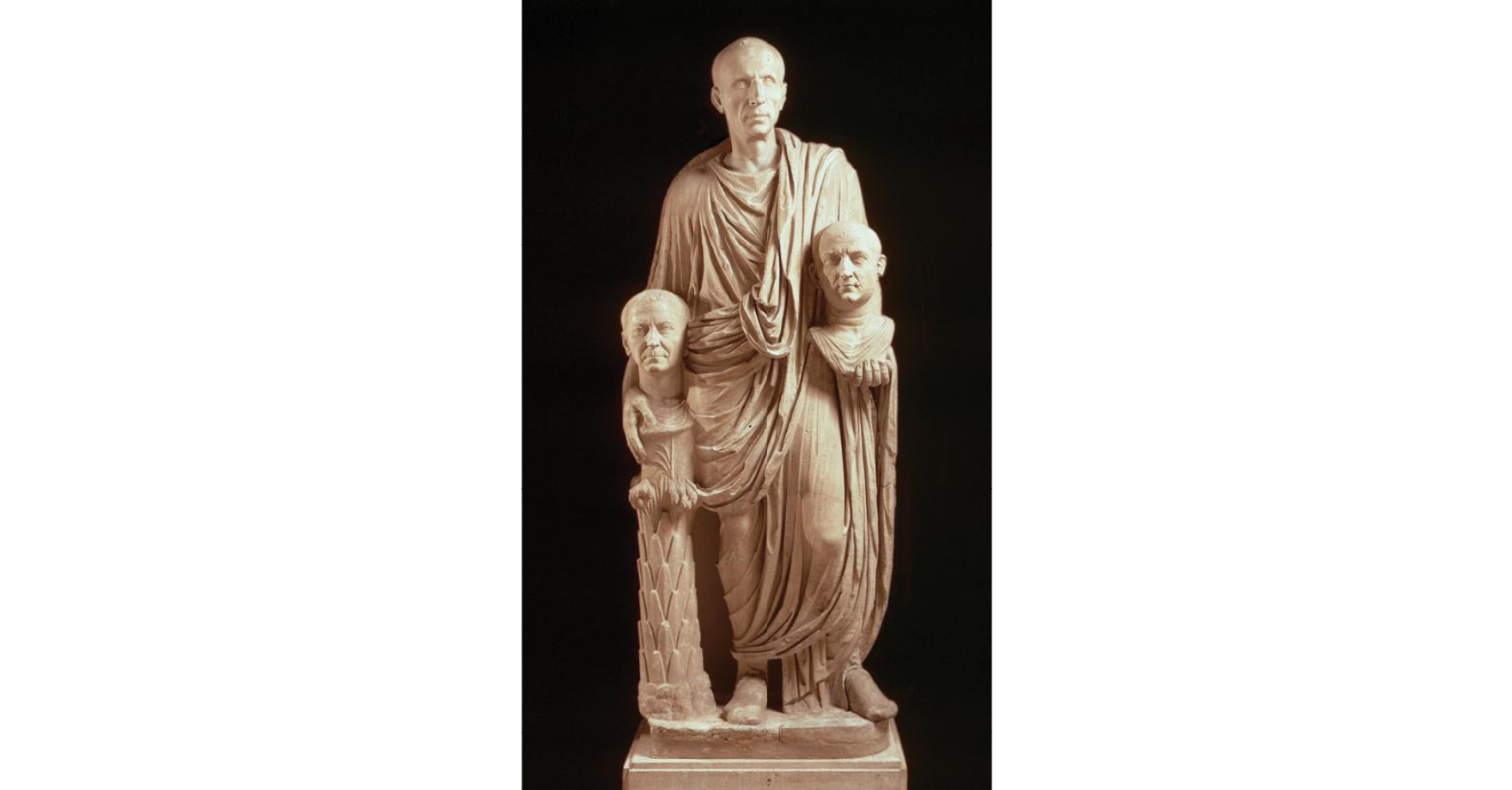
Statue of Togato Barberini
Rome
early 1st century CE (1—100 CE)
marble
portrait sculpture made for worship; holding portrait busts that boasts of his lineage
Ancient Romans believed ancestry = important preserved portraits of ancestors + venerated their memory
ancestor portraits were first death masks, made with soft wax
around 1st C. BCE, rich Romans had copies of death masks made in marble
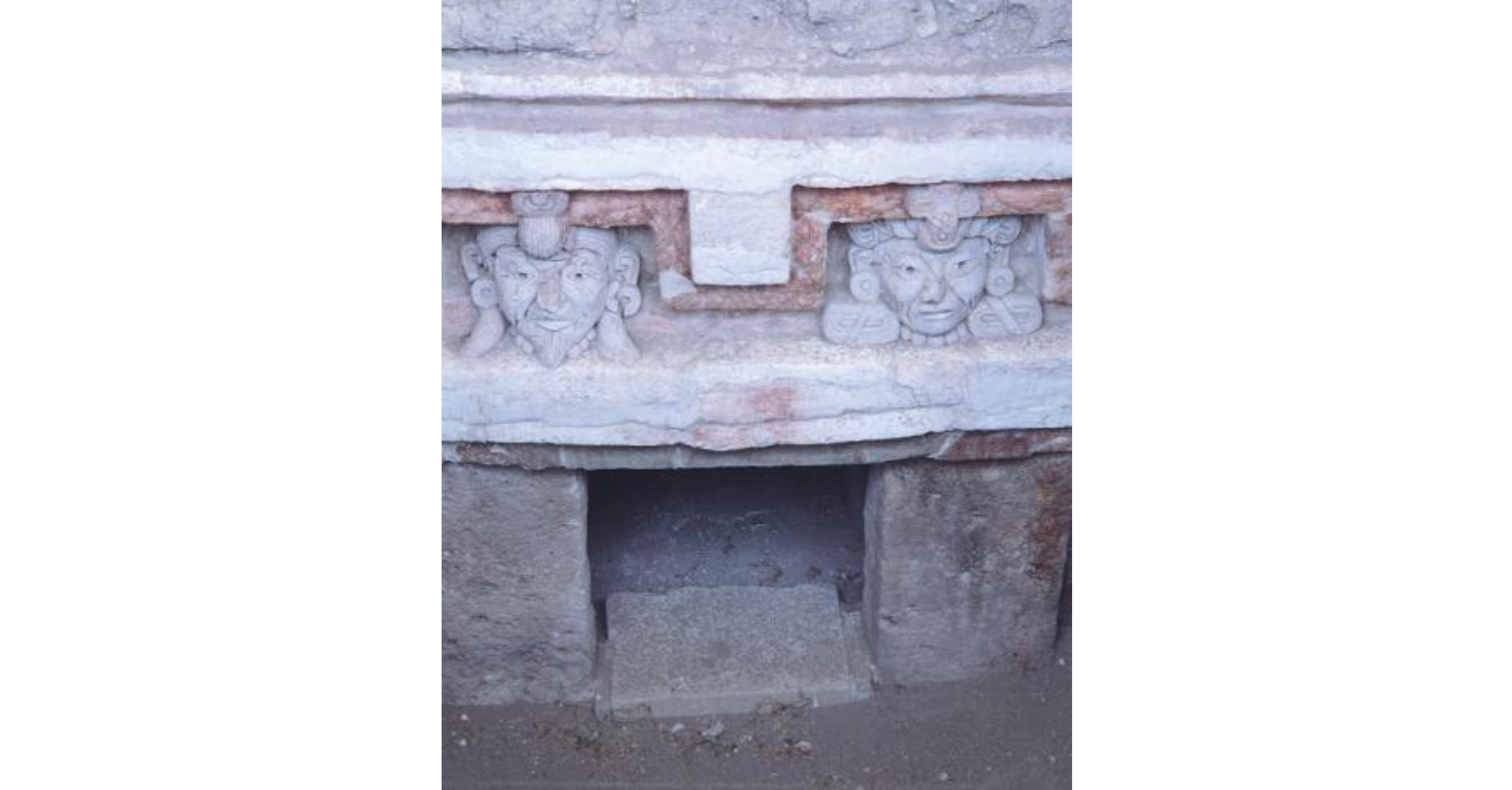
Portrait Heads from Tomb 6
Lambityeco, Oaxaca, MX
640—755 CE
stucco
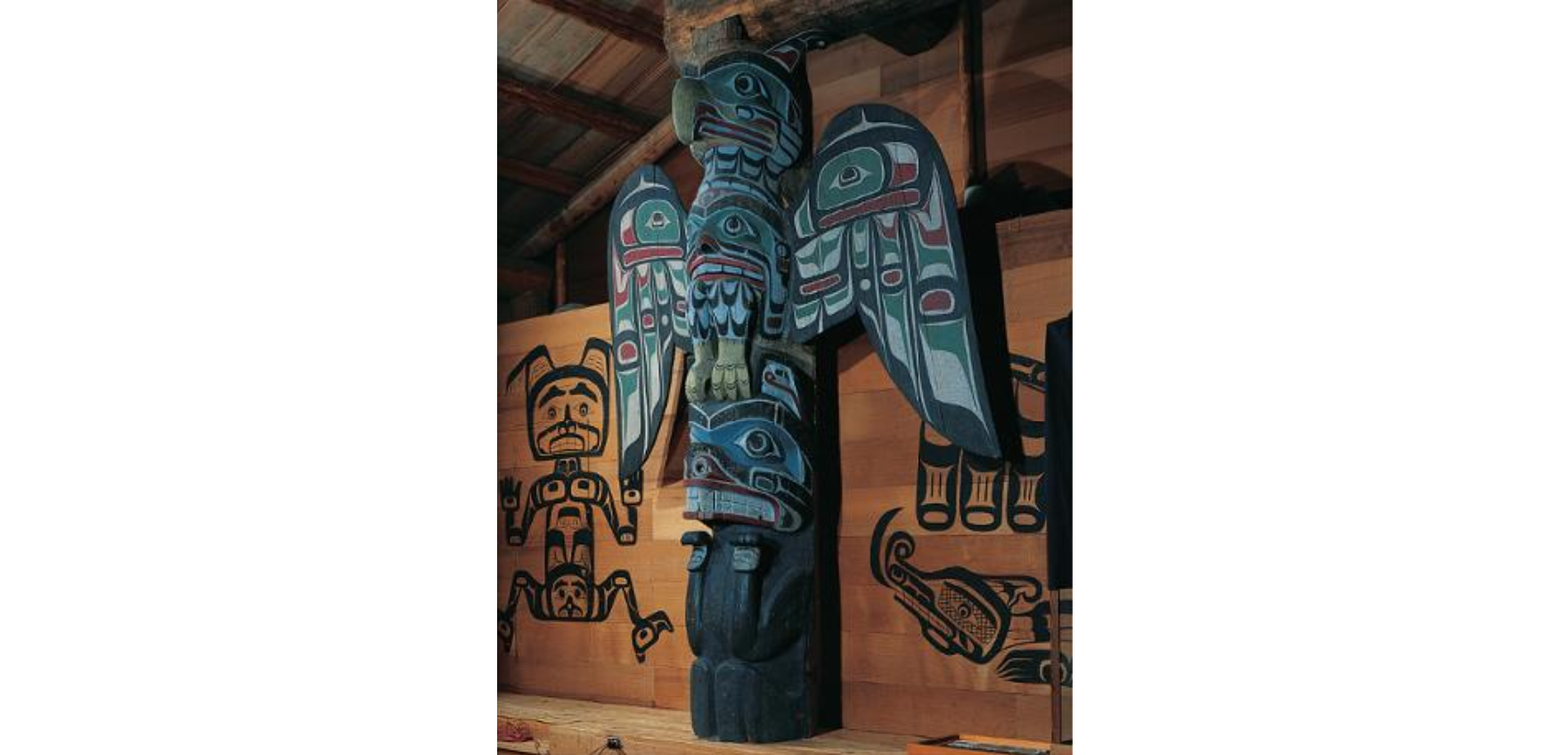
Interior House Post
Arthur Shaughnessy (Kwakiutl, Gilford Island, BC, Canada)
1907
carved and painted red cedar
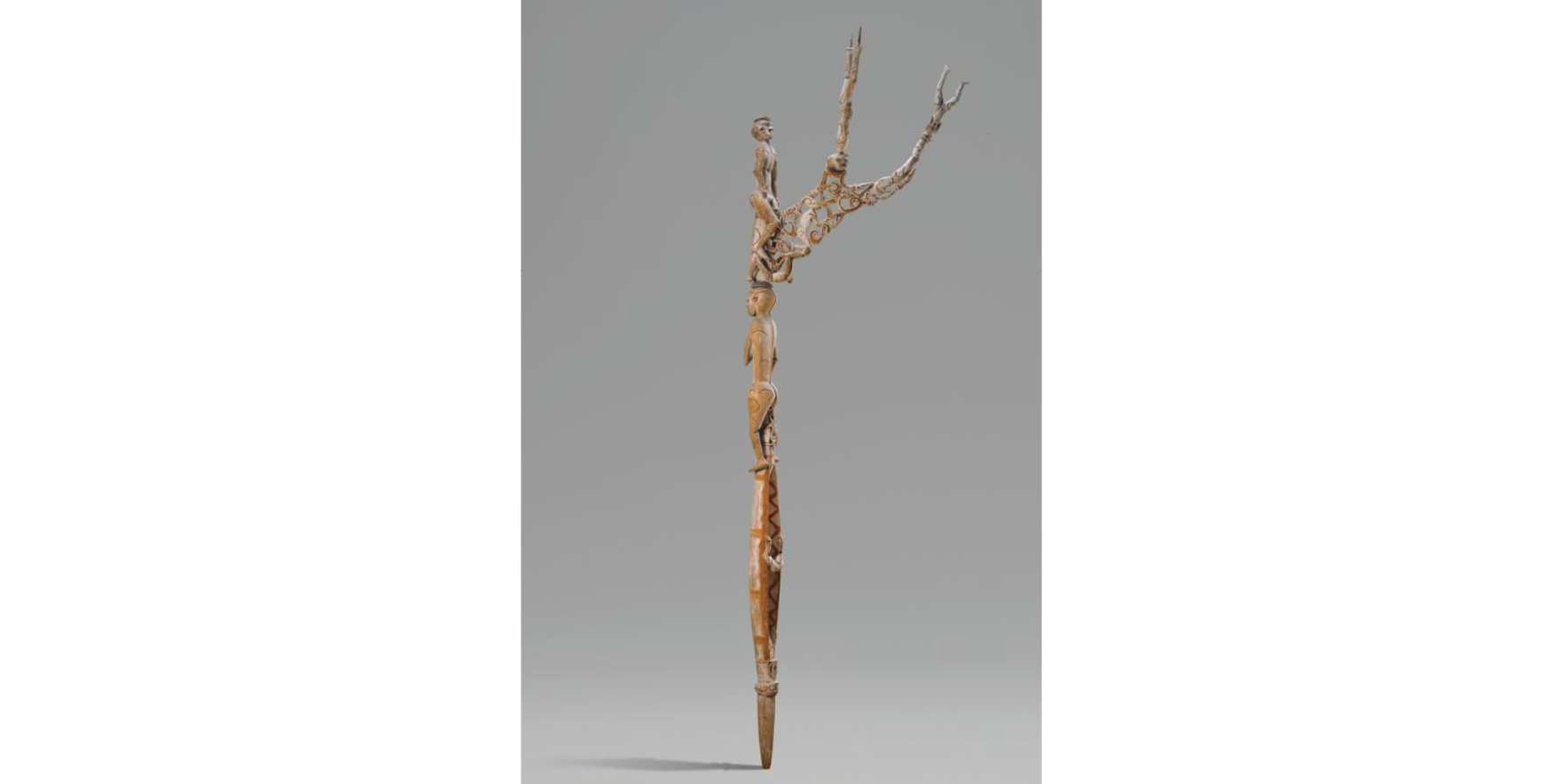
Bisj Pole
Asmat, Papua New Guinea
mid 1900s
wood, paint, fiber
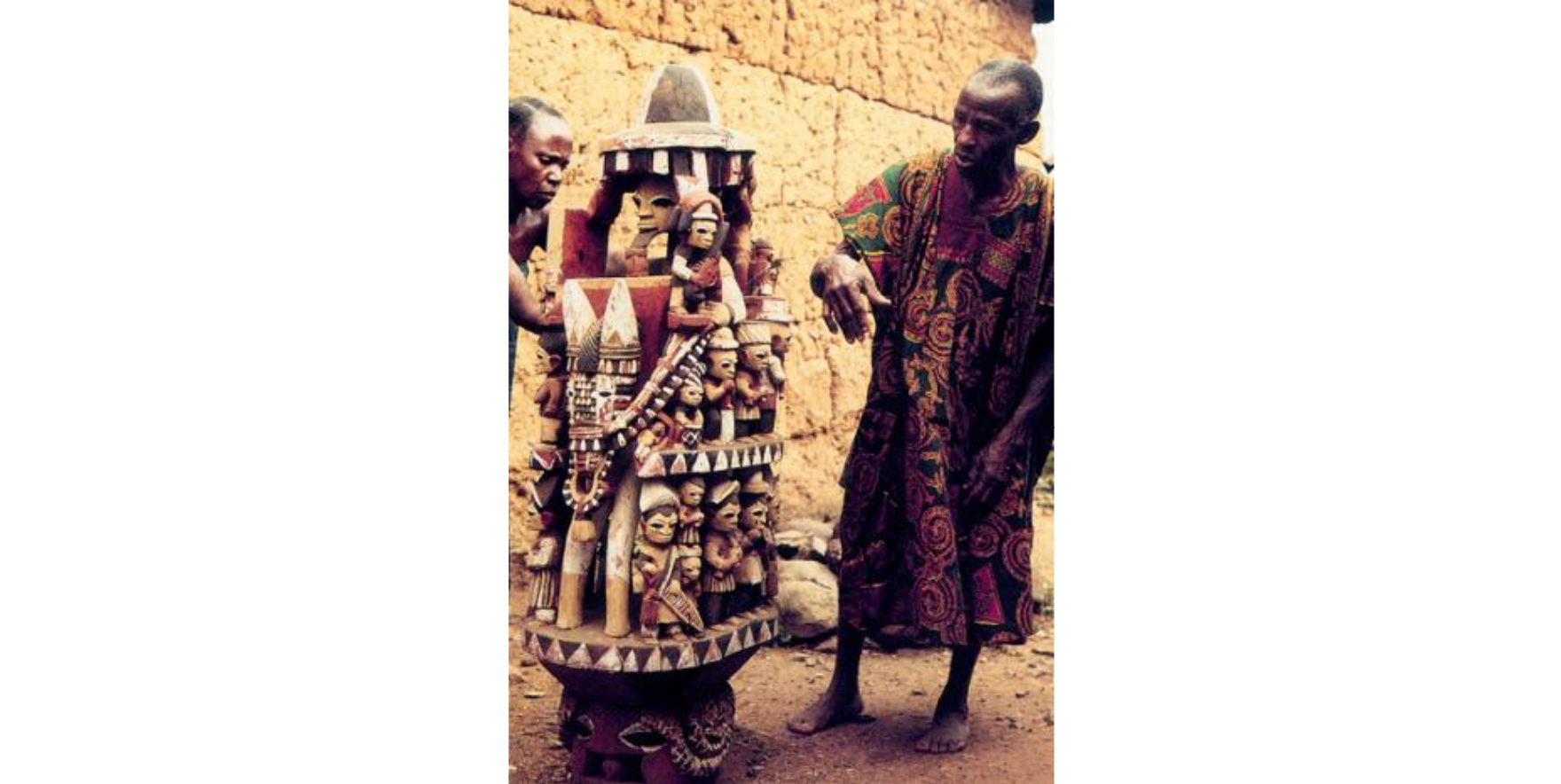
Epa Headdress Called "Orangun"
Bamgboye of Odo-Owa (Yoruba, Erinmope, Nigeria)
1974
wood and paint

The Family
Marisol (Venezuela)
1962
painted wood nad other materials in 3 sections
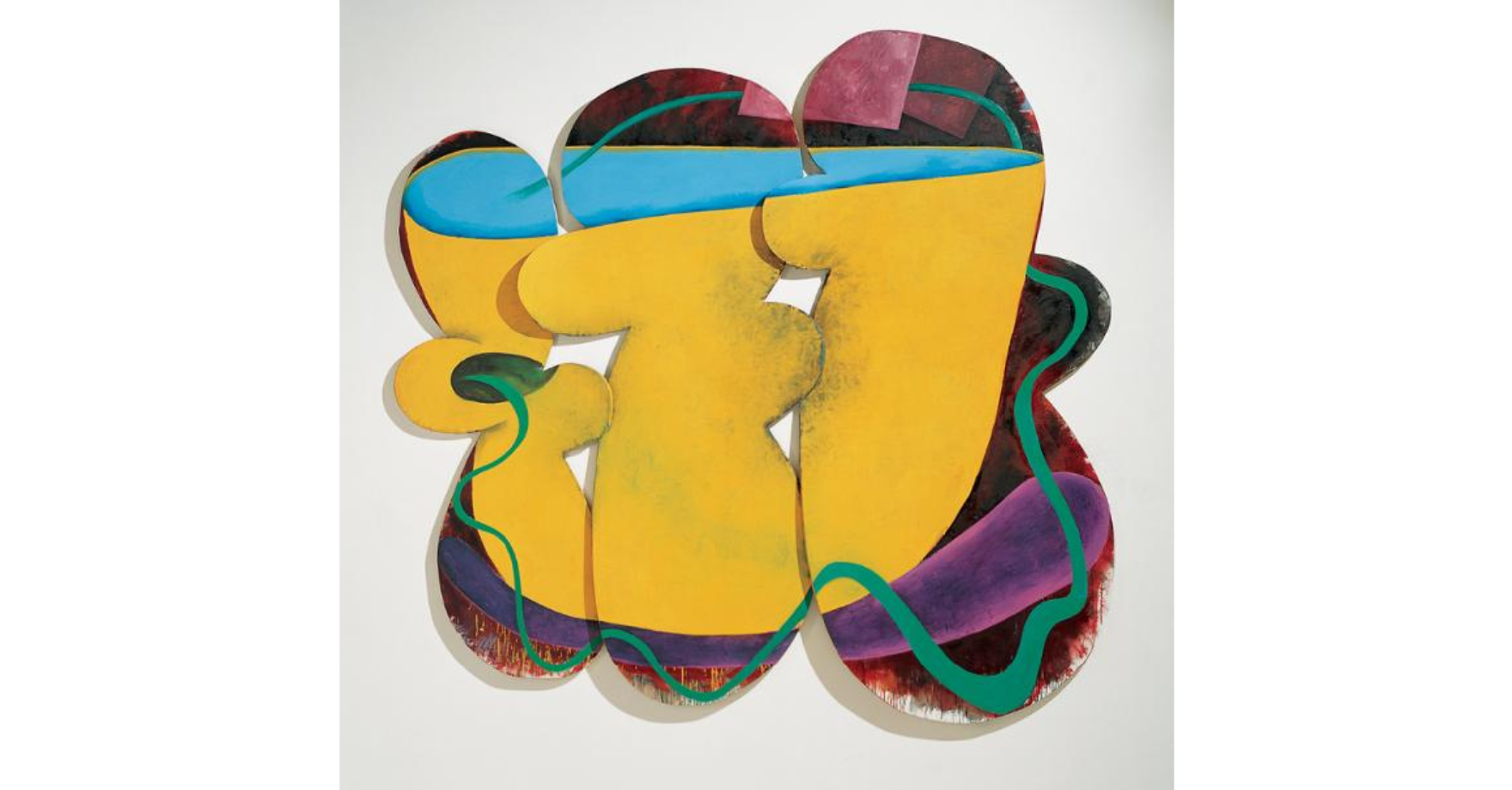
Sail Baby
Elizabeth Murray (USA)
1983
oil on 3 canvases

Baby Makes 3
General Idea (Canada)
1984—1989
lacquer on vinyl
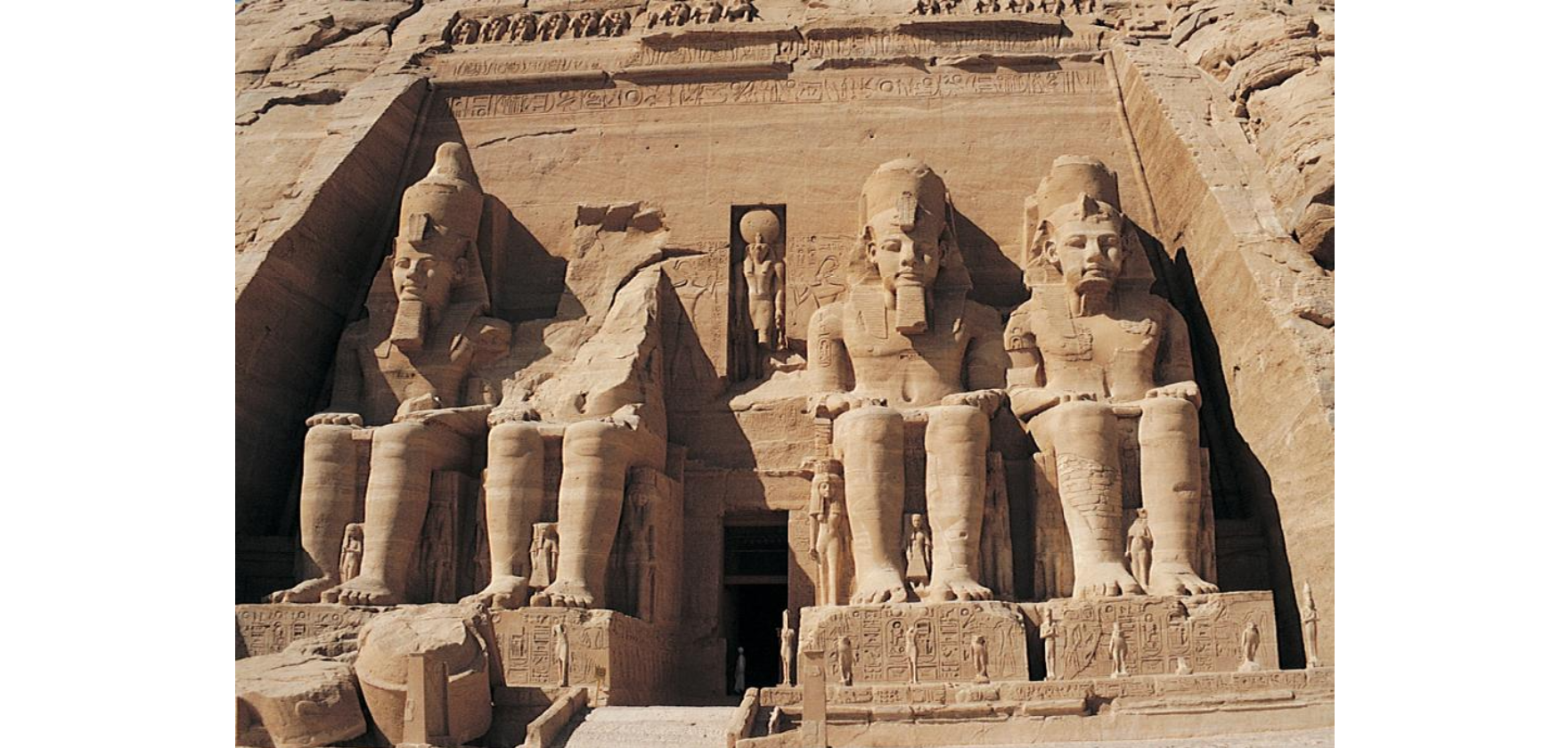
Temple of Ramses II
19th dynasty, Abu Simbel, Egypt
1275—1225 BCE
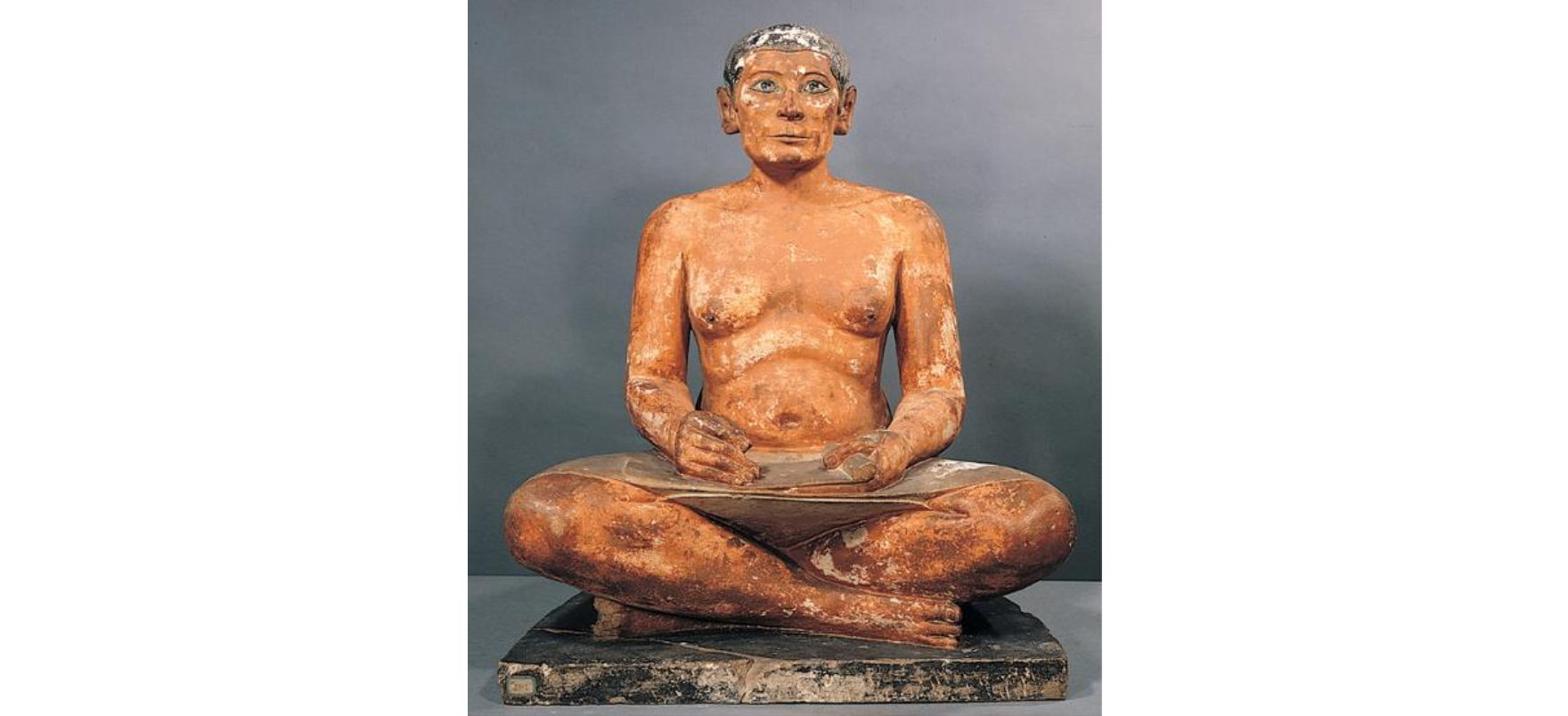
Seated Scribe
5th Dynasty, Saqqara, Egypt
2500—2400 BCE
painted limestone

Las Meninas
Diego Velázquez (Spain)
1656
oil on canvas

The Swing
Jean-Honoré Fragonard (France)
1766
oil on canvas
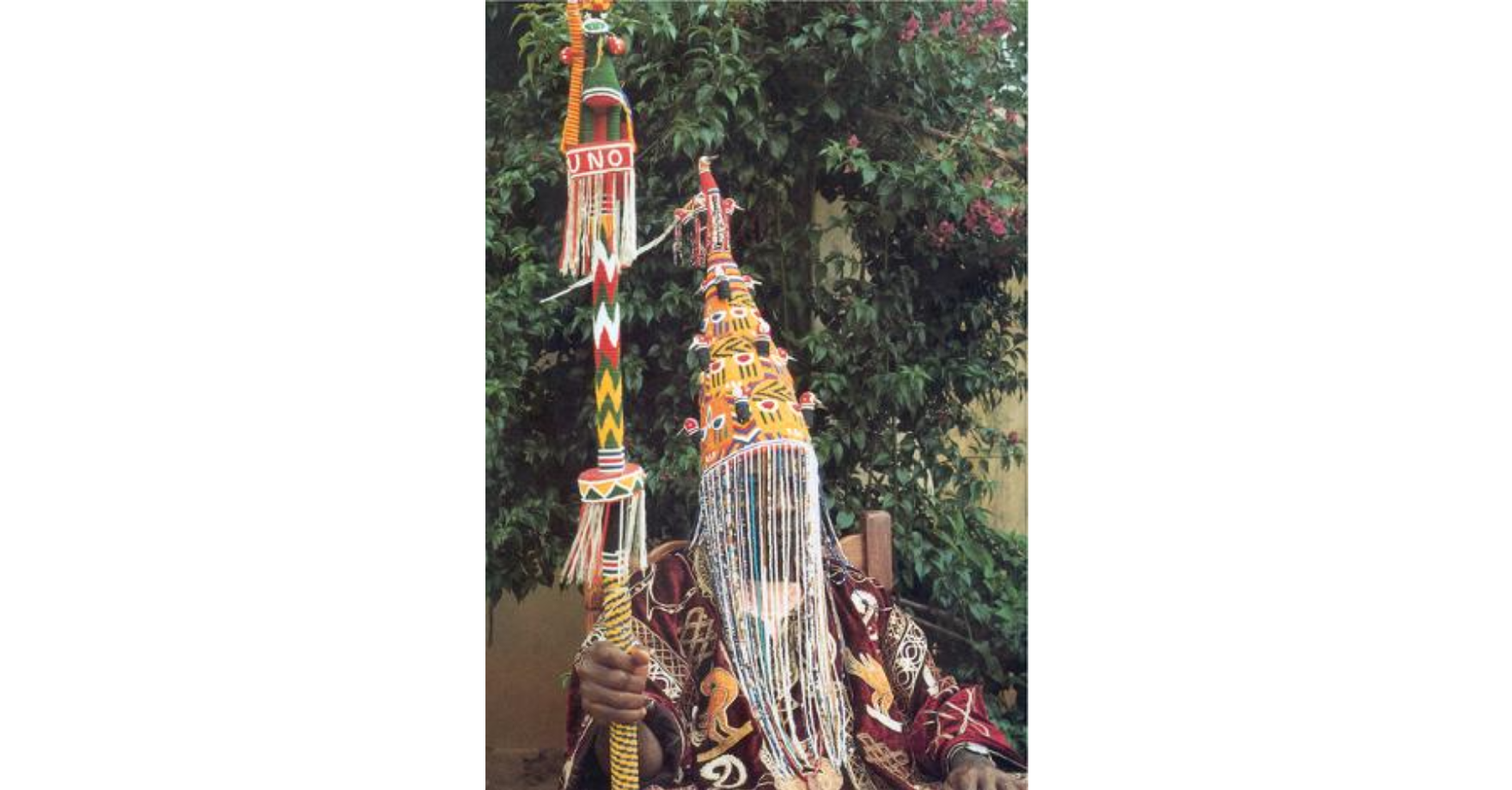
Great Beaded Crown of the Orangun-Ila
beadworkers of the Adesina family of Efon-Alaye (Yoruba, Ila Orangun, Nigeria)
1900s
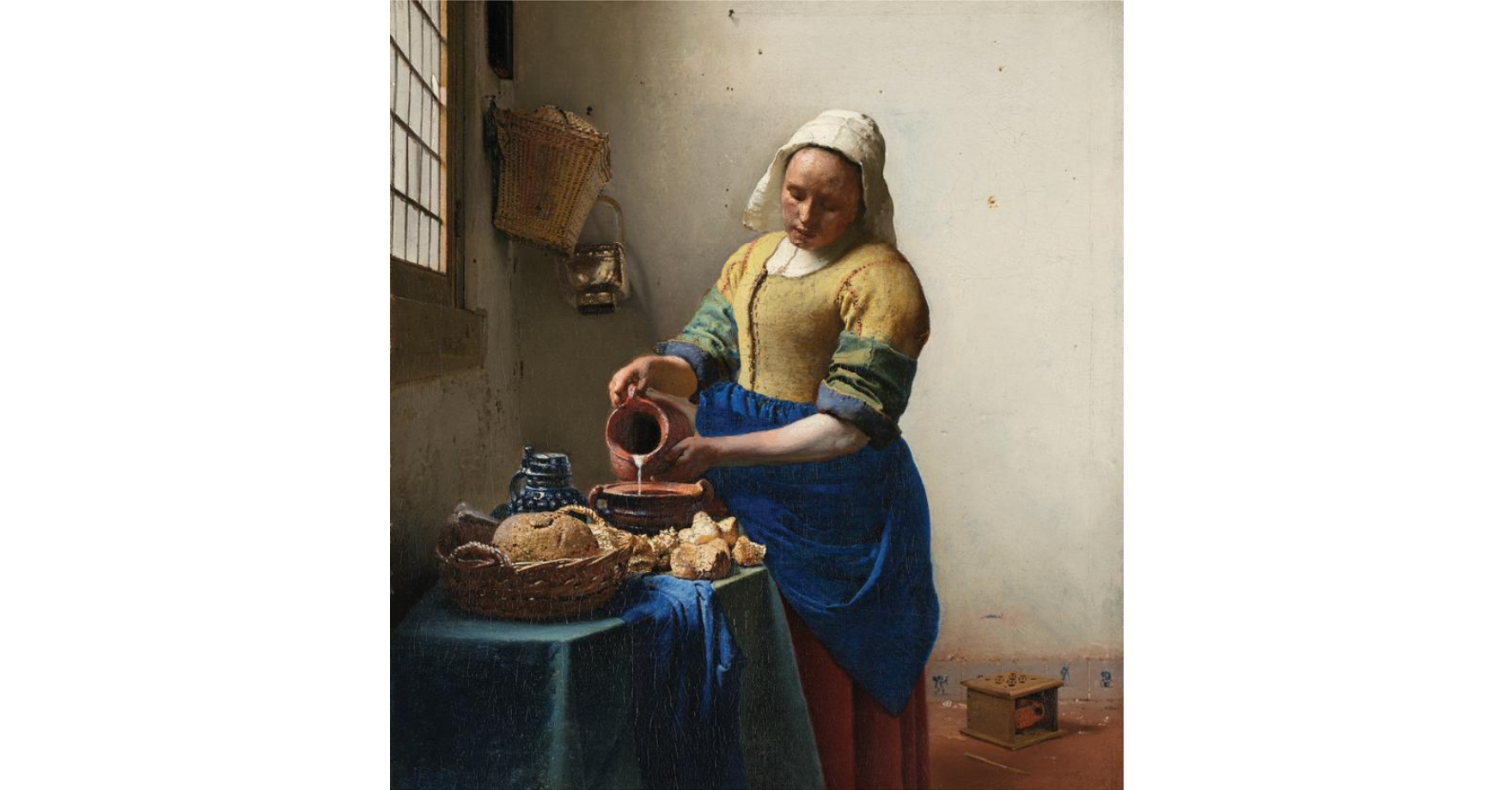
The Kitchen Maid
Johannes Vermeer (NL)
1660
oil on canvas

Along the River During the Qingming (Spring) Festival
Zhang Zeduan (China)
late 1000s—early 1100s
handscroll, ink on silk